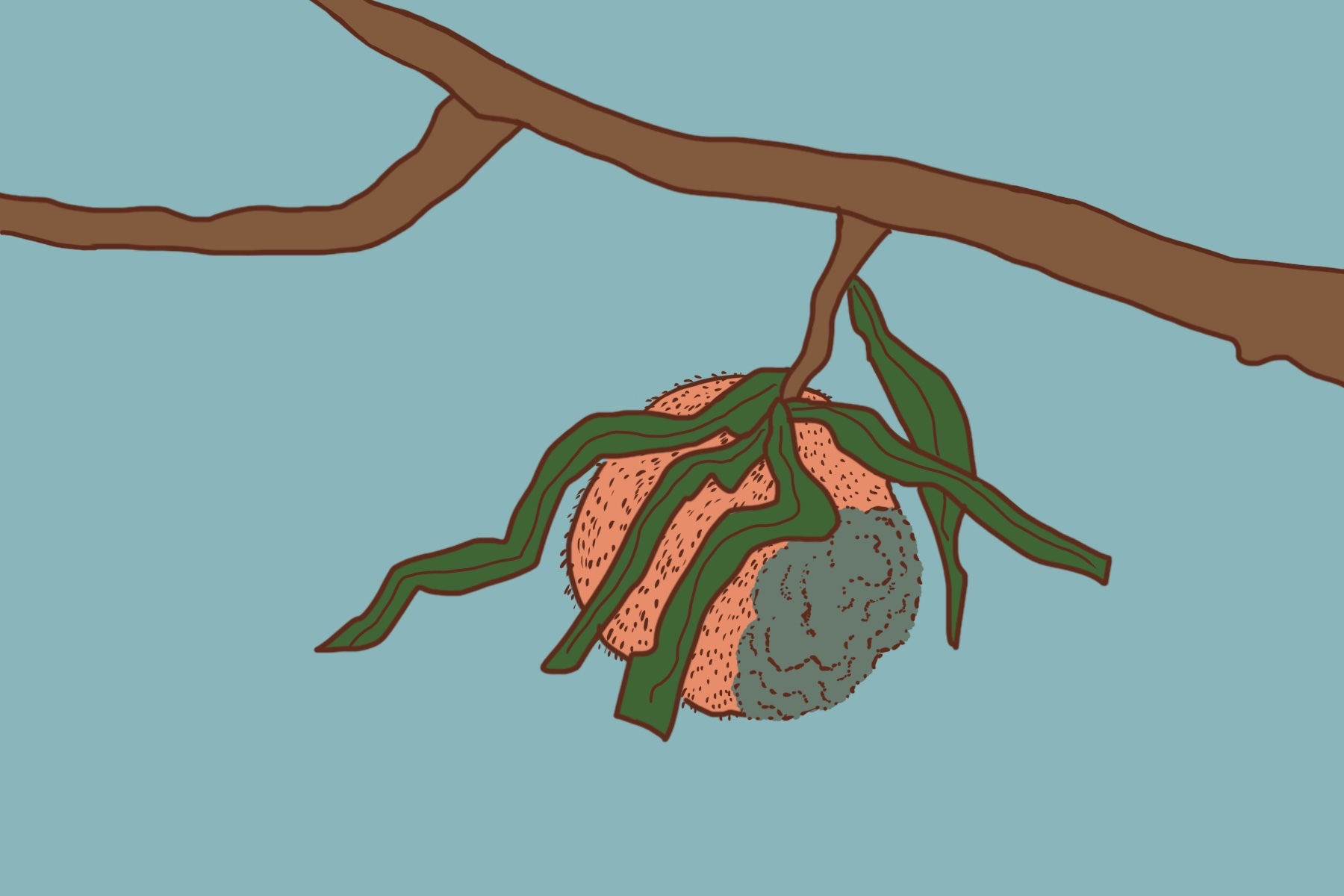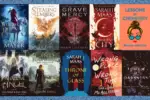Content Warning: References to Sexual Abuse, Self-Harm
“A Little Life” promises a tale of four friends and their journey navigating the shortcomings and successes of life in New York City. But even after the first 50 pages, this beloved contemporary fiction novel offers so much more than readers might expect from its simple premise. The book was first released in 2015 by Hanya Yanagihara, and all 720 pages of the novel are absolutely necessary to its mature themes and drama. Now, more than five years later, “A Little Life” remains important to many readers. The book’s recent resurgence and renewed popularity over the past year have captured a new audience and reintroduced past fans to its emotional story.
Jude St. Francis, Willem Ragnarsson, Jean Baptiste (J.B.) Marion and Malcolm Irvine are college friends who each have their own complicated pasts. Through their close-knit friendships, the stories of these men eventually intertwine. At first, the plot follows the conventional lifestyles of these young adults, centering on their social lives and career goals post-graduation.
However, “A Little Life” quickly escalates and by the end of the first 100 pages, the story presents the importance of Jude’s character and backstory to the plot. As readers get to know Jude, they come to learn of the immense weight he attaches to the friends in his life. The slow burn leading up to the reveal of his intense past and traumas might feel like an eternity to uncover.
One of the most important symbols in the novel is Jude’s legs, which Yanagihara makes synonymous with pain. The imagery of his agony becomes heart-rending to read as you witness how his suffering leaves him unable to walk at times. This impediment spreads to his feet — which now feel like cinder blocks — making it incredibly hard for him to move. The severe pain seemingly embedded into his legs plays a significant role in his life, eventually leading to amputation.
Throughout the text, the author powerfully describes Jude’s pain with lines so vivid, readers can physically feel their words. One of the novel’s biggest motifs is his cutting, an unhealthy, self-harm coping mechanism that he was taught, ironically, as a way to overcome pain. Several scenes in the novel detail the maiming of the flesh on his arms and legs. Unfortunately, this cutting becomes a common way for Jude to manage the overwhelming feelings that originate from his profound trauma and emotional pain:
“…Using the edge of the razor to saw through the tough, webby scar tissue: when the new cuts heal, they do so in warty furrows, and he is disgusted and dismayed and fascinated all at once by how severely he has deformed himself.”
The disheartening sentiment absorbed from these pages accompanied by their impactful diction draws a sting of sadness from the reader. In fact, those familiar with “A Little Life” often issue several trigger warnings before recommending the novel.
As “A Little Life” unfolds, readers learn more about Jude’s past. Raised as an orphan, Jude experienced sexual abuse, grooming and forced prostitution from adolescence to his formative years. His experiences as a naïve child are sometimes too much to bear, constantly pulling at the reader’s heartstrings. Throughout the novel, Jude forms more relationships, though his trauma makes him unwilling to trust others. His experiences left him emotionally scarred, and he carries the physical proof of his past through the lashes on his back, the ongoing cutting and the pain in his legs.
Through his anguish and refusal to share any of his past struggles, he maintains his friendships and grows alongside the other three men. Jude later meets and connects with Harold — one of his college professors — who takes a special interest in him. The harsh nature of the story puts the reader on edge, as they won’t initially know if Harold is truly trustworthy. Fortunately, his character plays an immense role in Jude’s development as both a professional and a person. The writing illustrates Harold’s heartwarming feelings of fraternal love and empathy for Jude.
Yet the continual pain Jude undergoes does not take away from his three friendships. One of his closest friends is Willem, who he grows to love and rely on. Really, these friendships are extremely important and each of their backstories holds some significance to the narrative. The platonic moments he shares with them all almost feel like healing from pain. However, the difference in this novel is the lack of redemption for these hardships. Readers come to realize that “A Little Life” is not your average novel and that life may never truly offer a remedy for past hurts or present pain. The trepidation felt while following these promising relationships, the unveiling of Jude’s past and the abuse that he sadly encounters later in his life leaves readers wondering if they could possibly handle any more heartbreak.
With a book of this nature, it really is too difficult to unpack all 720 pages of “A Little Life.” However, it’s easy to understand the growing appreciation for its beautiful text. Reading each page leaves you completely immersed in the lives of these men and the mutual love that brings them together. Each page is dripping with sadness, something each character’s story could not possibly cover in a few words. There is so much beauty in this book behind the pain and suffering of every individual, but especially Jude. The subversive plot and vivid language of each character feel so incredibly intense, drawing you directly into the story. Even with all the pain that comes from this book, staying invested in each page is anything but difficult.

















